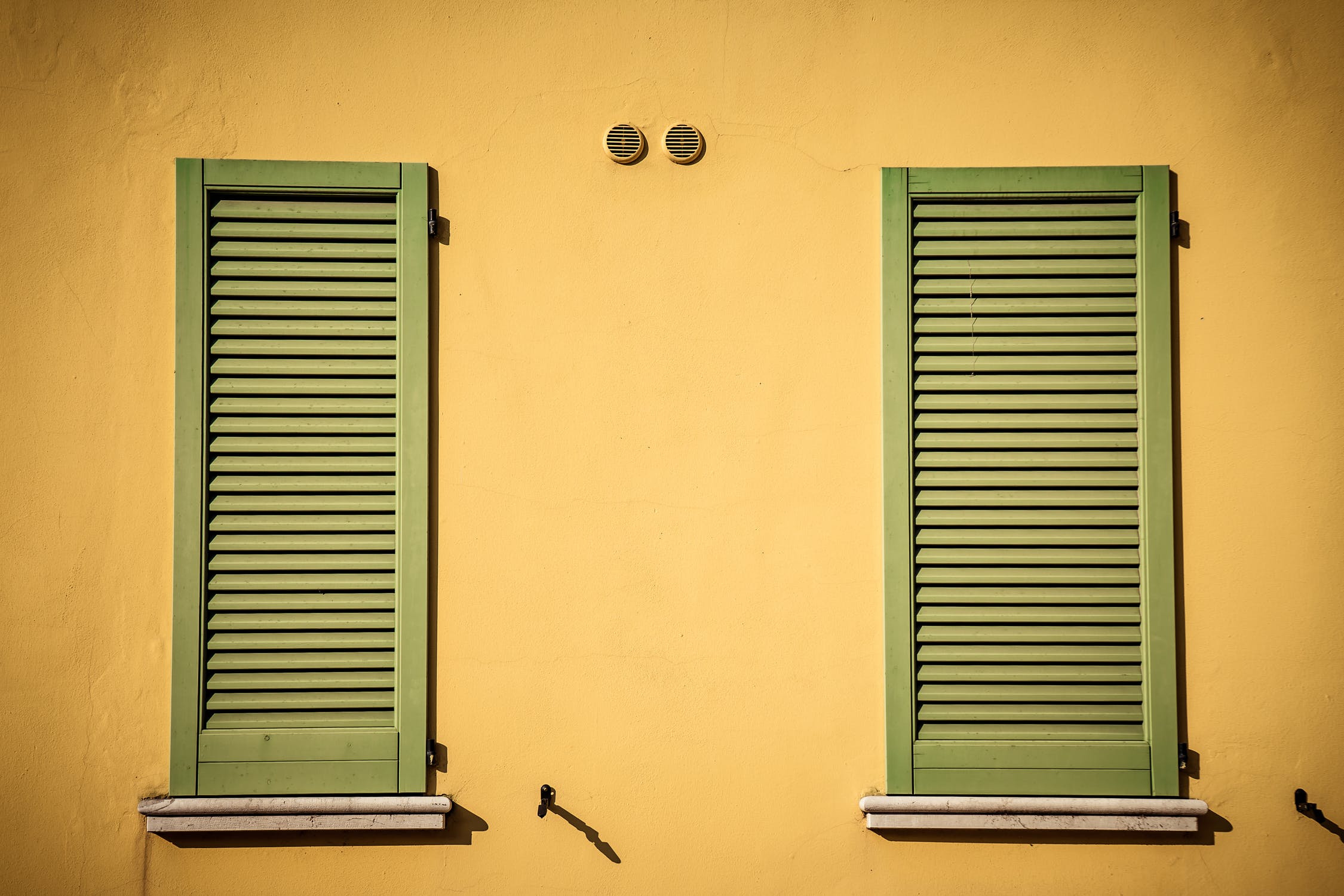Like all window shutters, it can be challenging to install plantation shutters for the first time if you don’t have any instructions to follow. Compared to regular blinds, there is definitely a lot more that can go wrong if you aren’t prepared, but the results can make it all worth it. If you are interested in getting some DIY plantation shutters set up, visit My Direct Blinds from Australia or view our quick overview of how you do it safely and accurately below.
Construct the Frame
Most shutter blinds are mounted in a frame that fits over or inside the window, and that means that the frame is often the first piece to be constructed. For a standard square or rectangular design, you will generally just have to slot the four sides together and make sure that they are secured using the Hoffman keys provided. Custom made shutters will often have the frames labelled clearly to stop you from mixing them up. If you have a less straightforward design to build – such as one with a curved top – then this might involve more pieces and take slightly longer.
Use this time to double-check whether or not you are using an exterior or interior mount for the shutters. Interia mounts generally need to be on the inside of a window frame, while an exterior mount goes on the wall or architrave itself. These are similar overall, but can be easier or harder to install on certain surfaces: for example, bay windows work best with exterior mounts. There are different types of frames too, with a Z-frame – there will be a small lip that curves around the front of the frame. The other is a L-frame. If fitting an L-frame into the recess of your window, you may need to finish it off with caulking around the edges, to stop any light gaps. L-frames can be tricky if your windows are out of square, so check this before ordering your DIY shutters.
Attach the Frame
Once the frame is in place, you need to attach it. You can easily do this by getting it balanced where it needs to fit, and checking each side with a spirit level, then drilling a hole through the material and into the wall behind it. Once this is done, place packing shims behind the frame to assist in structural support and helping it stay level, then insert some strong screws to hold it in place. You might need a second person to help with this, but if you are the only person available, balancing it on furniture might work. If the frame doesn’t fit, something has gone wrong during either measuring or construction.
Remember that your frame needs to fit into the window as well as it possibly can. If your original measurements were off, you might find that the shutters are slightly too large or small – in this case, if the difference is big enough, you might have to get a new set or try to fill in the space with gap fillers, these can be purchased from your local hardware store. This can be costly and time-consuming, so get your measurements accurate from the beginning if you can.
Add the Panels
Once the frame is in place, use the hinge pins on the side of the frame to install the panels, and make sure to drop the pins in so that they won’t fall out again. In ideal circumstances, it should be almost impossible to get this wrong in any way – if something is drastically wrong with how the shutters look, then you might have made a mistake at an earlier step.
The next step is to determine if your panels are sitting in the correct position. Failure to adjust the panels may result in the shutter panels needing to be lifted back up into the frame when you are closing them from an open position. Out of square windows can exaggerate this issue. If you need to adjust the panels simply do so by loosening the screws on the hinges, move your panels up or down as needed or use hinge packers to bring them closer together.
Once your new plantation blinds are correctly lined up, be sure to add any more screws or nails that are necessary for keeping it together such as the one in the middle of your panel hinges, to secure them in place. Do your best to ensure that they are aligned correctly, and that’s it, but be careful as this takes up valuable time. If the shutters came with screw caps or other covers, put them where they need to go before you finish the installation aesthetically.
Installing disassembled DIY Shutters
Some suppliers online will supply you with flat packed disassembled panels, which may require extra time and effort to assemble. If you have DIY plantation shutters to install, the process is more or less the same, but you will also need to think about the materials and parts that you are actually using. If you have been following instructions for making plantation shutters online, this becomes less of a problem, but it is still really important to make sure that you understand your own design before you start trying to install them. Even a set of simple, lightweight disassembled PVC plantation shutters can be difficult to install properly for a novice, so we always recommend finding a supplier where the shutters come finished (apart from the frame!).
With DIY designs, you also need to be sure that your measurements are accurate. If you can’t line up your shutters correctly, it is very possible that you have built them with slight variations in the measurements, leading to mismatched hinges or odd angles. The more accurate you can make your construction process, the better the entire set of shutters will be once they are installed so be sure to use a good brand metal tape measure.

